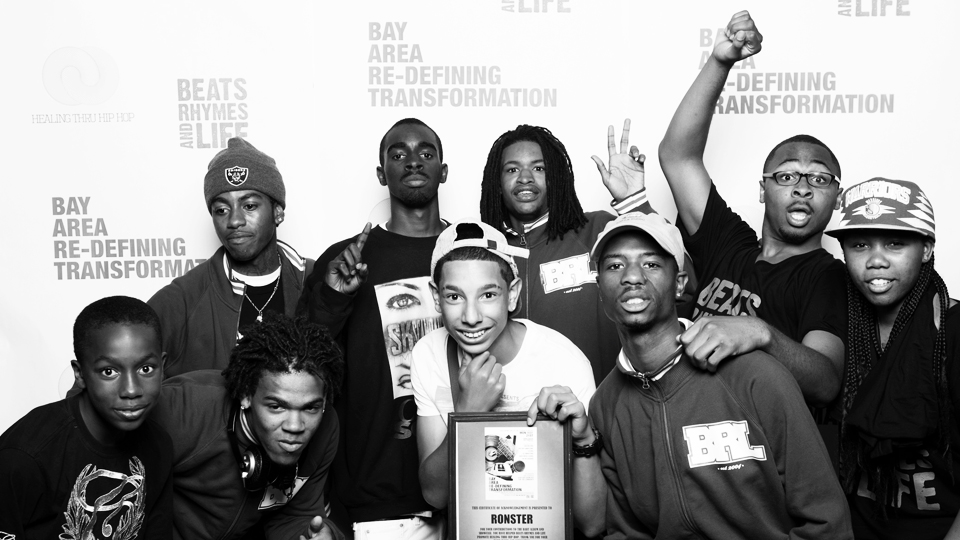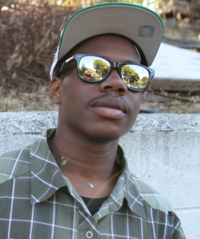
For youth living in many of America’s urban centers like Oakland, California, witnessing or being a victim of violence has almost become commonplace – so much so that in recent years young adults who’ve experienced repeated trauma are increasingly diagnosed with post-traumatic stress disorder (PTSD) at higher rates than soldiers returning from combat. And yet for the most part, systems of care remain ill equipped to meet their needs.
 It has been repeatedly documented that racial and ethnic minorities in the United States are more likely to underutilize mental health services and prematurely terminate treatment despite their continued need for supportive services. According to the Center for Disease Control, African Americans tend to delay seeking help for mental health issues, despite being 20 percent more likely to report having serious psychological distress than whites. In addition, Latinos receive mental health treatment half as often as whites.
It has been repeatedly documented that racial and ethnic minorities in the United States are more likely to underutilize mental health services and prematurely terminate treatment despite their continued need for supportive services. According to the Center for Disease Control, African Americans tend to delay seeking help for mental health issues, despite being 20 percent more likely to report having serious psychological distress than whites. In addition, Latinos receive mental health treatment half as often as whites.
Some of this is a problem of access. For many youth, their first entry point for getting help is the juvenile justice system once a significant amount of trauma has already been experienced. An additional problem is that mental health is still a taboo topic in many communities of color and has become quite stigmatized – perhaps no more so than among African American men. This is fueled by mistrust of a system that has historically pathologized ethnic and racial minorities – dating back to the days of slavery in the mid 19th Century. Indeed, some branches of psychology have used genetics to explain racial differences in psychological assessments while minimizing or ignoring the impact of structural factors such as socioeconomics, unequal access to good education and health care, and structural racism.
But much of the disparity can be explained by the type and quality of care itself. That’s because those who do get help from systems may receive care that is not always respectful, or culturally and linguistically appropriate. Very few clinicians come from similar backgrounds and cultures as their clients. Indeed, studies have shown that the likelihood of misdiagnosis is greater for African American clients than for their Caucasian counterparts as a result of cultural insensitivity among the treating clinicians, and that diagnostic and treatment methods themselves may be less effective because they were developed almost exclusively with Caucasian participants.
So, both the WHO and the HOW of treatment have become barriers to effective results. This coupled with a failure to incorporate families and youth in designing service delivery has resulted in poor outcomes or temporary ones at best. Now more than ever, our youth need culturally responsive avenues for healing and development. They need outlets that restore hope, cultivate resilience, foster belonging and promote whole health (behavioral, social and physical). BRL is dedicated to providing youth with the support they need to thrive and become change makers in their community and beyond.
